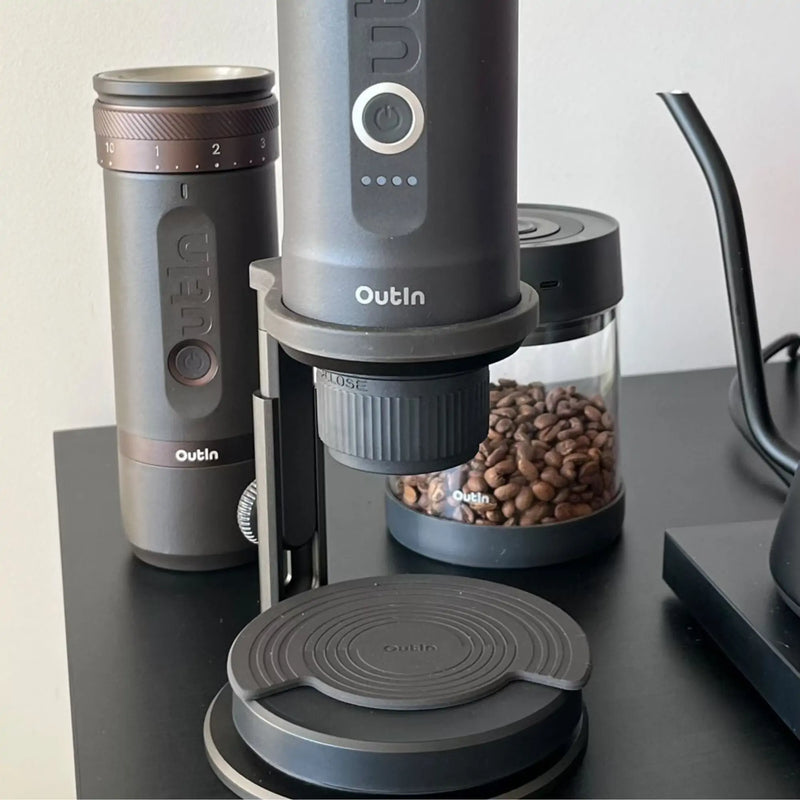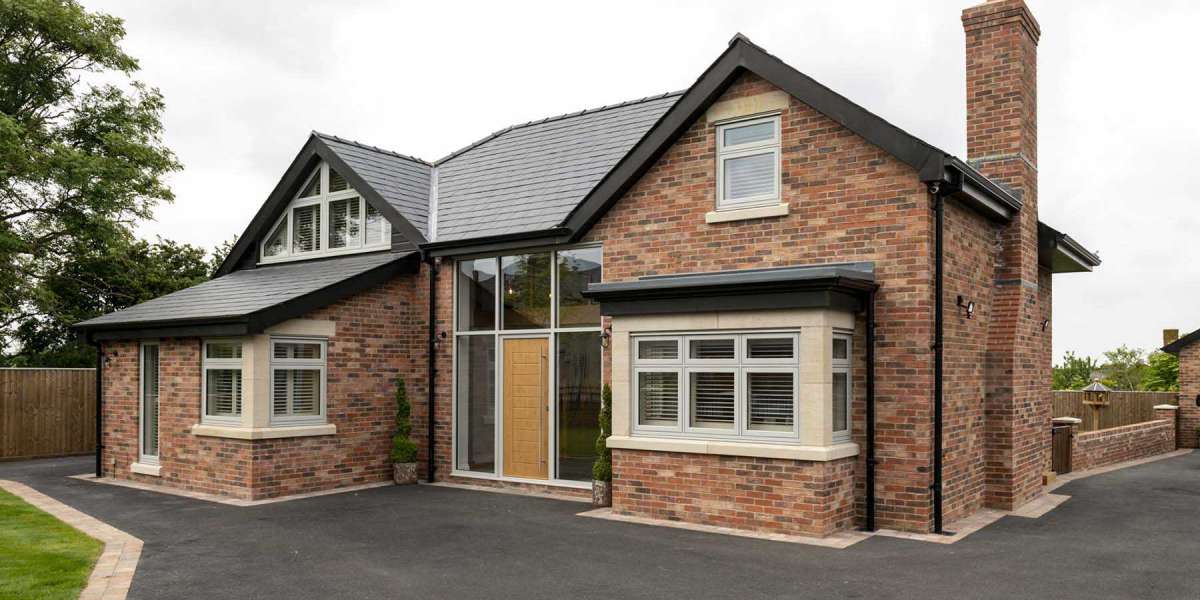Unlock the Secrets of Perfect Coffee: The Ultimate Guide to Choosing Your Dream Grinder!
Coffee is more than just a morning ritual; for many, it’s a daily indulgence that fuels our productivity and warms our souls. The journey to a perfect cup of coffee begins long before the brewing process; it starts with the coffee bean grinder. A good grinder can elevate your coffee experience by unlocking the rich flavors and aromas hidden within the beans. With an array of grinders available on the market, from budget-friendly to high-end models, it can be overwhelming to find one that suits your needs. This guide will navigate you through the essentials of coffee bean grinders, empowering you to make an informed choice that enhances your coffee enjoyment.

Understanding Coffee Bean Grinders
Coffee bean grinders are essential tools that transform whole beans into coffee grounds, ready for brewing. The grinding process significantly impacts the flavor and quality of your coffee, making it crucial to understand the basics. When coffee beans are ground, they release essential oils and compounds that contribute to the final taste profile. The grind size plays a vital role here; finer grinds are typically used for espresso, while coarser grinds work better for methods like French press. Understanding your brewing method and how grind size affects extraction is key to enjoying a flavorful cup of coffee.
Types of Coffee Grinders
When it comes to coffee grinders, there are three main types: blade grinders, burr grinders (both flat and conical), and manual grinders. Each type comes with its own set of advantages and disadvantages, catering to different preferences and budgets. Blade grinders are often the most affordable and user-friendly, but they can produce an inconsistent grind. Burr grinders, on the other hand, provide a more uniform grind size, making them the preferred choice for serious coffee enthusiasts. Manual grinders appeal to those who enjoy the hands-on experience and portability, but they require more effort. Understanding these differences will help you find the right grinder for your coffee needs.
Blade Grinders
Blade grinders work by using a spinning blade to chop the coffee beans into small pieces. They are typically more affordable and widely available, making them an attractive option for beginners. However, the downside is that they can result in an uneven grind size, which can affect the flavor of your coffee. For instance, I remember a friend who initially used a blade grinder and was puzzled by the inconsistent taste of her brews. Once she switched to a burr grinder, she noticed a remarkable improvement in flavor consistency.
Burr Grinders
Burr grinders utilize two revolving abrasive surfaces to crush the coffee beans into a consistent size. They come in two varieties: flat and conical. Flat burrs provide a uniform grind but can generate more heat, while conical burrs are known for their versatility and less heat production. Coffee enthusiasts often prefer burr grinders because they allow for precise control over grind size, which is crucial for different brewing methods. The investment in a burr grinder can significantly enhance the quality of your coffee, making it a favorite among many baristas and home brewers alike.
Manual Grinders
Manual grinders are a favorite for those who appreciate the art of coffee-making. They offer portability and a level of control that electric grinders may lack. With a manual grinder, you can adjust the coarseness of your grind to suit your brewing method precisely. However, they require more physical effort, which can be both a drawback and a charm, depending on your perspective. I have a friend who loves her manual grinder; she finds the process meditative and enjoys the freshly ground aroma that fills her kitchen every morning.
Factors to Consider When Choosing a Grinder
Choosing the right coffee grinder involves considering several key factors. First, think about grind size settings; having a variety of options allows you to experiment with different brewing methods. Next, consider the grinder's capacity—if you often brew in larger batches, a bigger capacity might be essential. Ease of cleaning is another important factor; grinders with removable parts typically make maintenance simpler. Noise levels can also be a concern, particularly in households where early risers need to keep the peace. Finally, your budget will play a significant role in your choice. Balancing these factors against your personal coffee preferences will lead you to the perfect grinder.
How to Maintain Your Coffee Grinder
To ensure that your coffee grinder continues to perform at its best, regular maintenance is essential. Start by cleaning your grinder frequently—this helps remove old coffee oils and residues that can alter the flavor of your fresh coffee. Most grinders can be cleaned by using a soft brush or a damp cloth for the exterior; consult your grinder’s manual for specific cleaning instructions. For burr grinders, consider running a small amount of rice through the grinder to absorb oils and clean the burrs. Maintaining your grinder not only prolongs its life but also preserves the rich flavors of your coffee.
Final Thoughts on Choosing Your Ideal Coffee Grinder
In conclusion, selecting the right coffee bean grinder is a critical step in your coffee brewing journey. Understanding the different types of grinders and their functionalities can help you make a choice that suits your brewing style and taste preferences. Remember to consider factors such as grind size settings, capacity, and maintenance when making your decision. Investing in a quality grinder will undoubtedly enhance your coffee experience, allowing you to enjoy the full spectrum of flavors that freshly ground beans can offer. Take the time to explore your options and find the grinder that will unlock the secrets to your perfect cup of coffee!







